Incubation of chicken eggs is an amazing experience. The results aren’t just for the pure enjoyment of the sight and peeping sounds of these tiny balls of fluffy down but also the prospect of the best eggs you’ll ever taste. Did you know you can get an egg a day per mature hen?
If you plan on regularly hatching chicken eggs in an incubator, then the cost of the incubator will pay off over time. However, this process requires a great deal of patience and attention to detail.

Hatching Your Plan
When incubating eggs, it is important to have a plan and to stick to it. Keeping a step-by-step plan will help you keep track of the whole incubation process. This will also help ensure that you do not miss any key steps in the hatching process. You need to also have a plan for chicks once they’ve hatched.
Having supplies for the incubation period and beyond to the brooder stage, then to the coop area are all equally important.
Step One: Prepare your Incubator
Get your Incubator out of the box, ready, cleaned and all functions check to be sure it’s in great working order. Be sure your instructions are handy and read them over carefully if it’s a new incubator. Review the owner’s manual and instructions if you haven’t used the equipment since last year. It’s never a bad thing to be prepared.
- Be sure you plug it in and if there’s an automatic egg turner that it’s working correctly. The goal here is to be ready before placing eggs inside the incubator.
- Check your thermometer and hygrometer, you don’t want any chances of your eggs cracking from a warm and humid incubator at the early stages.
- Temperatures in an incubator with an automated fan (forced air incubator) should be 99.5 – 100 degrees Fahrenheit. If you are working with a still air incubator be sure you are able to reach the higher temperatures of 101-102 degrees Fahrenheit.
- Be sure you have thoroughly cleaned your incubator according to all package instructions.
- Locate your incubator set up in a safe, stable location. eg; tabletop, kitchen counter, stable shelf. Be sure this is where you will keep it for the duration of the hatching process.
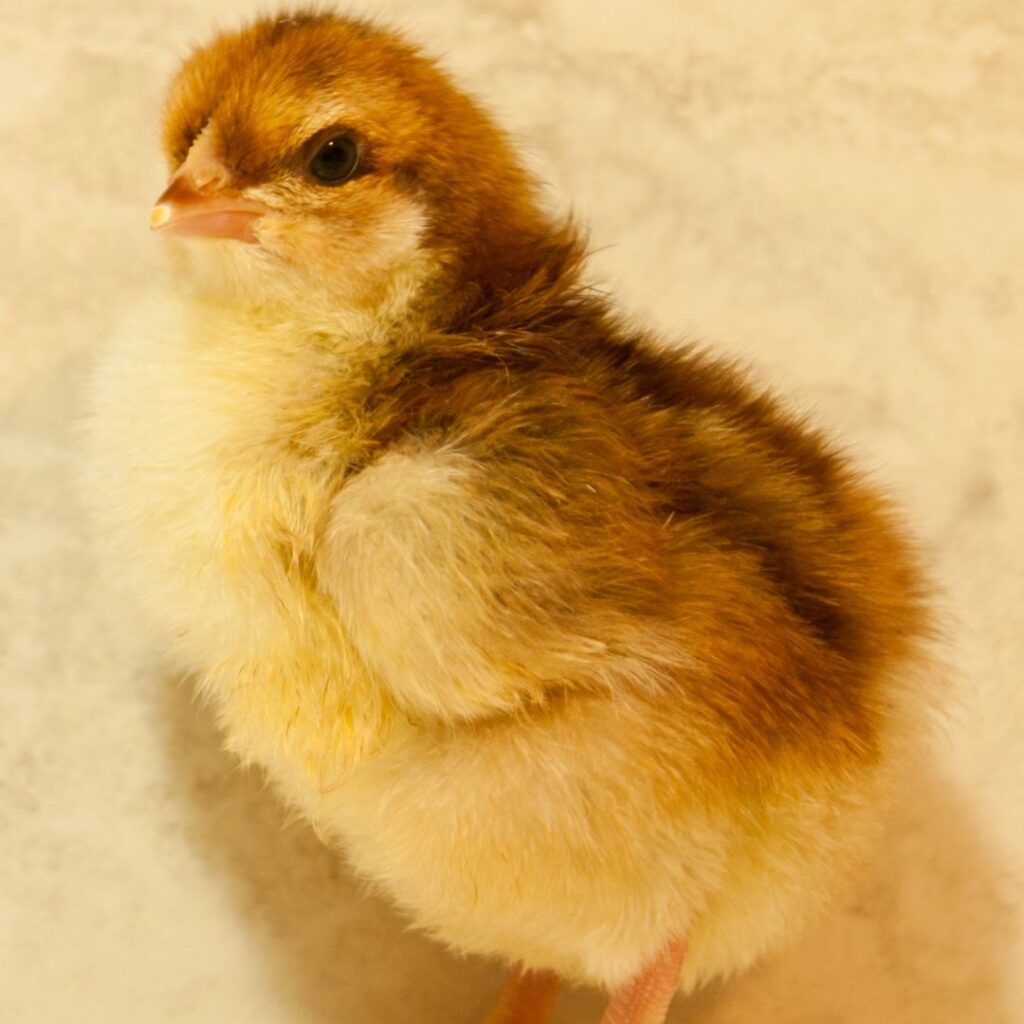
Step Two: Get the Fertilized Eggs
The best way to get fertilized eggs is to buy them from a reputable source. There are many places you can find fertile eggs, but it’s important to do your research first. You want to make sure you get these from a certified seller (usually a hatchery) that follows the NPIP program. This will help reduce the risk of disease within the eggs and during hatching. You can also gather up some fertilized eggs from your coop if you don’t have a broody hen.
Note: it’s better to buy fewer eggs than your incubator can handle than too many and not be able to hatch or worse, properly care for baby chicks after hatching eggs.
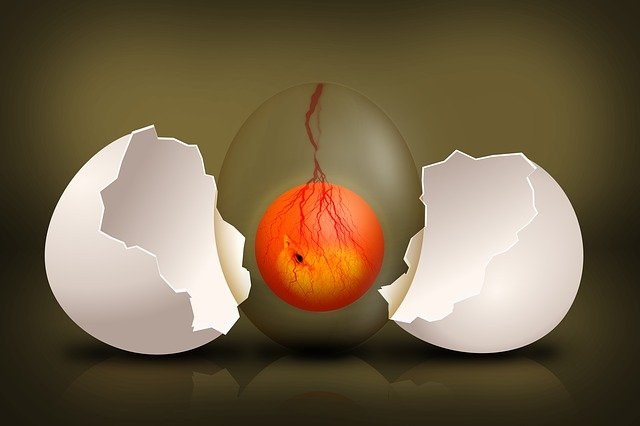
21-Day Guide To Hatching Eggs
Day 0: Setting Your Eggs
Now that you have your incubator, it’s time to set some eggs! “Setting” is the term used to place eggs in the incubator.
- Always start by washing your hands. You want to wash your hands each time to eliminate or greatly reduce any germs and skin oils from transferring to eggs.
- If you are manually turning the eggs inside the incubator you will want to put a light pencil mark to show what side you turn the eggs. If you have an automatic egg turner then you can skip this step.
- They should be set with the large end facing upwards. The narrow side (where the chick’s feet will be) should face down so that the chick’s head can face toward the air cell. The egg should be positioned at a slight angle, not upright.
- The incubator should have an optimal temperature and humidity level for the first 4 hours of the egg’s life. Start by setting the temperature at 100.5 degrees Fahrenheit and between 50 – 55 percent humidity. Check your thermometer and hygrometer to be sure.
- After 4 hours, make any necessary adjustments to allow for only a 0.5° difference in temperature or humidity levels before starting your 21-day incubation period!
- Keep a flock of baby chicks safe and happy by setting a minimum of six in at once. If your eggs don’t hatch, the temperature and humidity are likely to blame.
- Incubators should be opened at least four times a day to allow fresh oxygen into the air. Incubators with forced air must keep tabs on temperature levels. If your machine has a built-in fan, you can skip this step.

Day 1-18: The Set Stage
Now that you have your eggs, it’s important to set the stage for hatching them. This includes making sure the eggs are rotated every hour and marked with an “X” on one side so you can keep track of which ones have been turned.
- Remember, make sure to always wash your hands before touching the eggs.
- If you are monitoring temperature and humidity levels every few hours, you should be able to reduce fluctuations and increase your hatch rate.
- Between days 7 and 10, you can candle the eggs to see how they’re developing. Candling is a great way to know if they are fertile or not – if you are using a small flashlight, it should be easy to confirm the formation of an embryo around the wider end of the egg when it reaches about 8-10 days old.
- At this point in time, remove and discard any infertile eggs so that more nutrients can go towards hatching healthy chicks. These are not safe to eat, dispose of these in the garbage.
Day 18-21: Lock Down and Pre-hatching
Now that you’re in the final stretch of incubation, it’s important to pay close attention to your eggs. Day 18-21 is a critical time that the chicks are preparing to hatch. During this time, you should:
- Stop turning your eggs and leave them alone with the wide end of the egg facing upwards.
- Maintain your incubator’s temperature at 100.5 degrees Fahrenheit, and increase the incubator humidity to 70%.
- Get the Brooder ready (see a few paragraphs down)
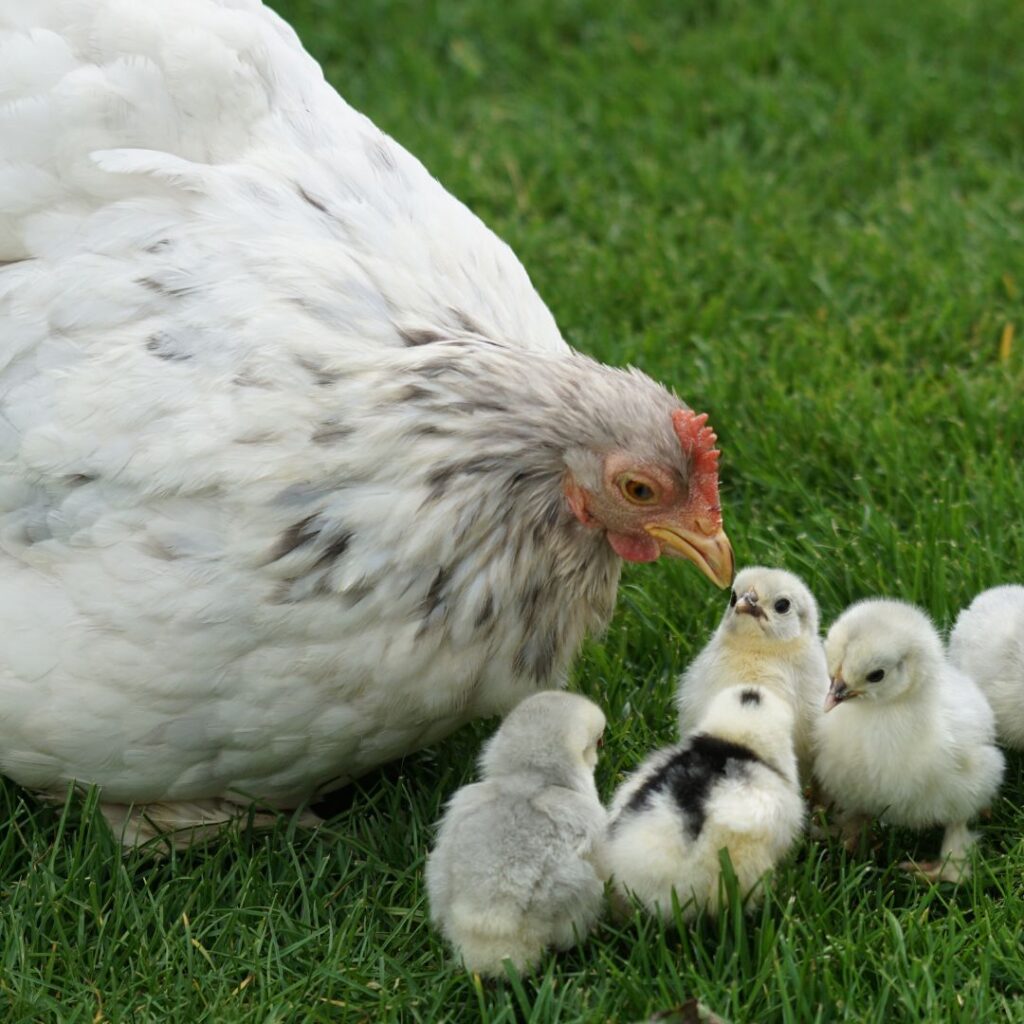
Day 21: Hatch Day
Today is the big day! All of your eggs should be starting to hatch or be hatching now. Be patient and let them go about their process on their own. Most chicks will fully hatch in around 5-7 hours, but some can take up to 24 hours. Hatching eggs is exciting but also requires patience.
Pecking is a lot of effort for the chicks; they will take long breaks after each peck as they rest and gather energy, so don’t panic if they’re taking breaks.
Once you hatch your first few eggs and the peeping starts, it will motivate the others to peck and hatch soon after.
Chicks are okay to go 24-72 hours without eating or drinking while they wait for the rest of the chicks to hatch. In fact, if you’re careful not to handle them too much, they’ll probably be better off not being disturbed until they’re all out of the eggshells.
Once all of your chicks have hatched, it’s time to move them into their brooder, think of this stage as the nursery.
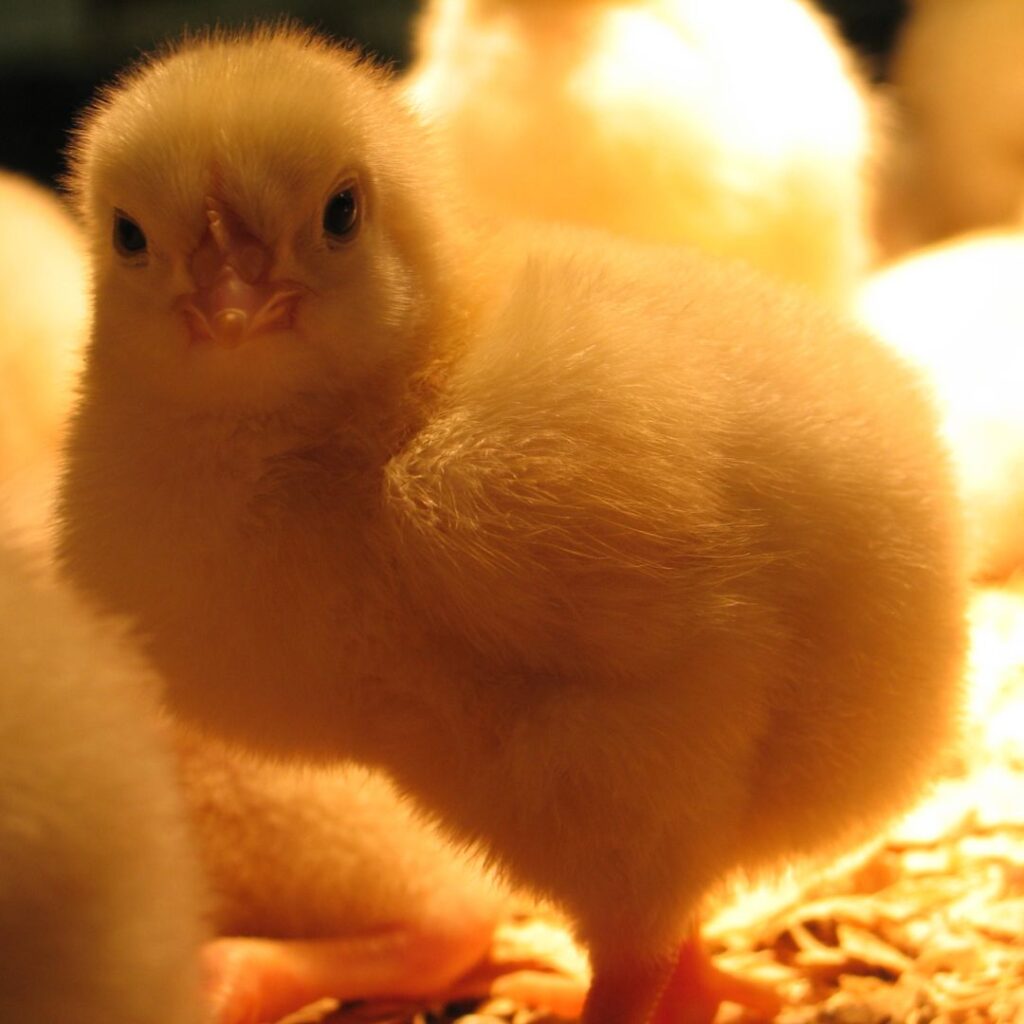
What is Next? (Incubator To The Brooder)
Now that your chicks have hatched, there are a few more things you need to do before they can go into the brooder. The first is to make sure they stay warm, and the best way to do that is to keep them in the incubator until all your baby chicks are hatched and ready to go.
You’ll also want to gradually introduce them to the sound of feed dropping by sprinkling it on the floor of the incubator. This will help them get used to being around food and getting ready for when they leave the incubator.
Supplies you’ll want to have ready
- Brooder – containment area that has sides approx 18″ high. This is very temporary, can be a sturdy cardboard box or even an old hard-sided cooler (not styrofoam). Plastic kiddie pools work well too.
- Heat lamp and sturdy chain to hang it from above brooder area.
- Feed – We recommend Start & Grow line of feed from Purina or the Home Fresh Starter from Blue Seal.
- Feeder – You can start with a corrugate egg crate (the side where eggs go) and add in a sturdy chick feeder in a few days.
- Waterer – We like the 1-gallon water containers, they hold plenty of water, stable. Try to raise the waterer only high enough so the chick can still get water but not fill well up with shavings while they’re scratching.
- Shredded newspaper and/or soft cedar shavings, just a thin layer. You’ll want enough to clean out the brooder often for a few weeks
- Thermometer
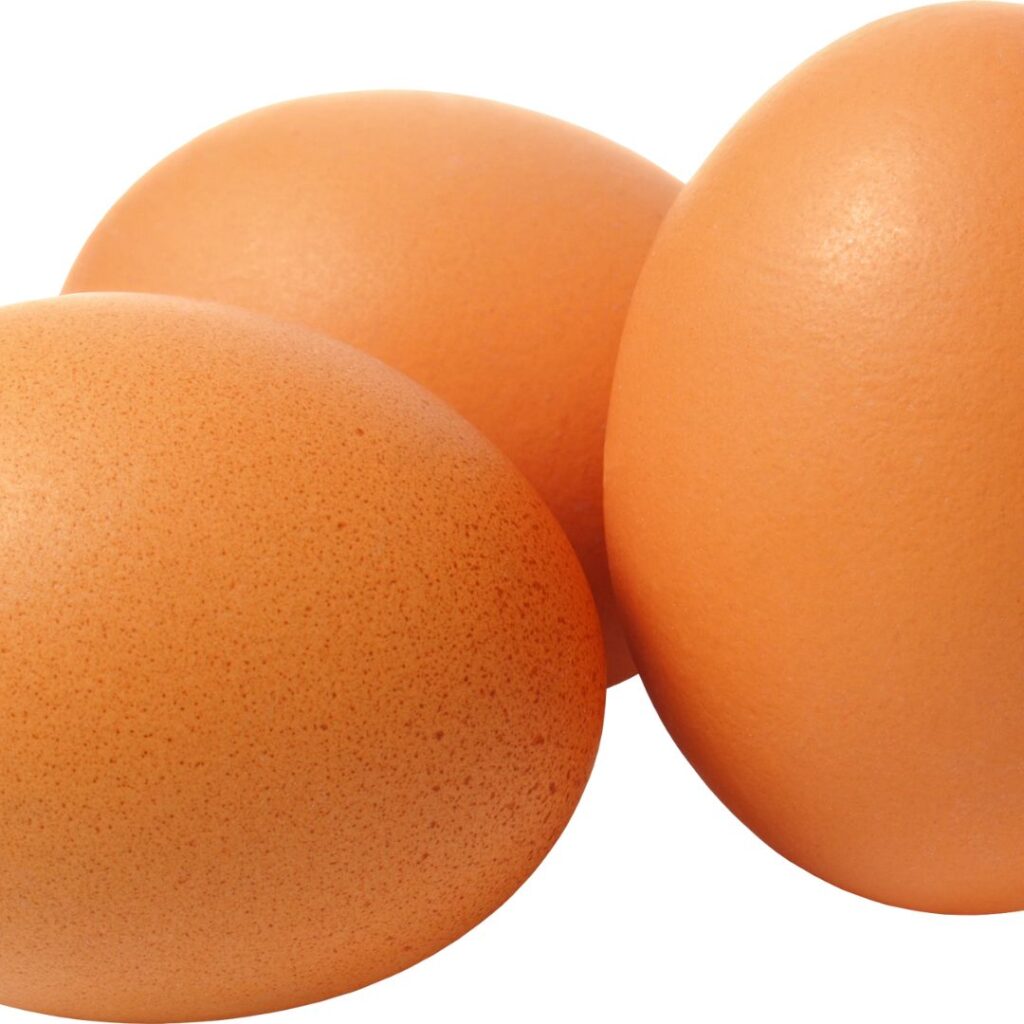
Getting Your Brooder set up
Place brooder in the coop if possible. If not, a garage or basement area where chicks will not be bothered by unsupervised family pets.
- Set heat lamp approx 20-22 inches above brooder leaving 2′ minimum from sides of the brooder.
- Check the temperature under the heat lamp area. This area needs to be 95 degrees Fahrenheit. Hang a heat lamp overhead and adjust the height if the temperature gets too warm or cool. Try to keep the lamp off-center from food so feed and water stay fresh.
- Place feed and waterers (filled) to sides. For the first week, try to make water at room temperature.
- Add bedding (cedar shavings, and shredded newspaper in a thin layer covering the bottom of the brooder. Change often as needed. This will depend on how many chicks you have but change at a minimum every other day.

The First Feeding
- While it’s not necessary, you can add a 1/4 cup of sugar to a gallon of water the first time around.
- Within the first 8-24 hours (no longer than 24 hours) take your chirping chicks, dip their beaks into water then dip their beaks into starter feed. Do this to each and every chick.
- Take a step back and have a look, once the first chick or two starts to eat, the others will follow. They may be skittish if you stay too close, so try to quietly observe from the sidelines.
- After a few days, you can change the bedding to all soft cedar shavings.
- Do this to each chick to help encourage them to eat. Food should be easy to reach and kept full at all times. You can use a cardboard egg crate for a few days, but a chick feeder is best. Water should also be kept fresh at all times.
- At about 6 weeks of age, you can move the chicks into the coop. They will need a heat source if temperatures are below 65 degrees Fahrenheit.
Tips For A Successful Hatch Rate
Keep Records
One of the most important aspects of being a successful chicken farmer is keeping records. This will go a great way towards making it get easier each time. You want to record things like:
- Breed
- Egg turning
- Number of incubation days
- How many eggs incubated
- How many successful hatched eggs
Most Important, Be Patient
When you’re hatching eggs, it’s natural to be impatient and want the little one to hatch as soon as possible. However, try to avoid being in too much of a hurry – let the eggs hatch naturally and at their own pace. If you try to speed up the process yourself, you may end up harming the chick or causing other problems.
Frequently Asked Questions
When it comes to (incubating) hatching eggs, there are a few things you wanted to know. Below are some of the most frequently asked questions and our answers.

How long does it take for eggs to hatch?
On average, eggs will hatch after around 21-24 days. However, this can vary depending on a number of factors such as temperature and humidity levels in the incubator.
What should I do if no signs of life are visible?
If no signs of life are visible (after candling to confirm) after 21 days have passed since the egg was placed in the incubator, then it is likely that either the embryo died during incubation or the egg is infertile. In either case, it is best to discard the egg without trying to hatch it.
When will my chick’s fluffy down grow into feathers?
A baby chick will shed its down and be fully feathered around 6 weeks. This can vary slightly with different breeds.
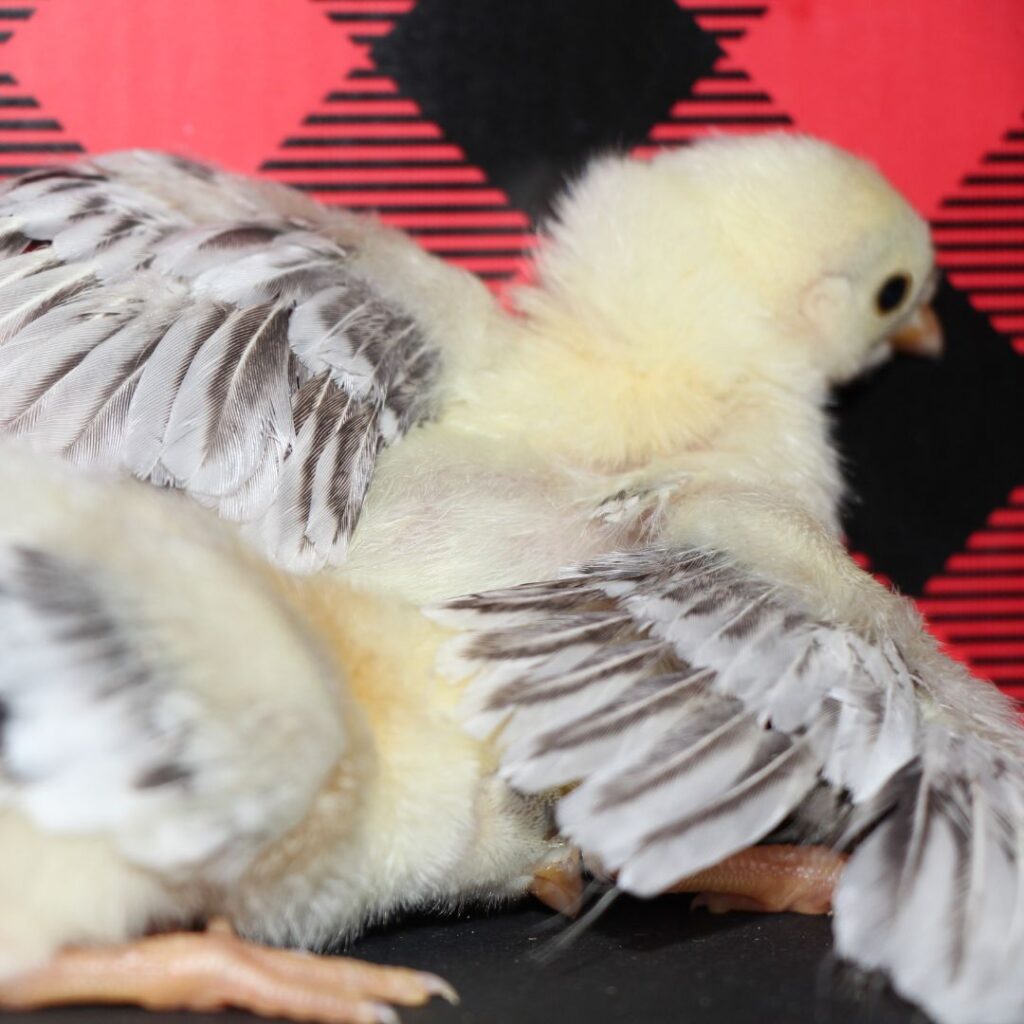
When can Baby chicks go into coop with mature chickens?
If possible, place young chickens in the coop area next to older chickens so they get used to seeing and hearing one another.
Farmers tend to say 6-8 weeks, but we encourage closer to 12 weeks when young chicks are a bit more developed and able to push their weight around just enough to be able to feed and continue to thrive.
What about chicks who look as though they’ve suddenly dropped dead?
Don’t worry if you see a chick lying still in the incubator – it’s probably just taking a nap. Chicks experience a lot of stress during hatching, and they need to sleep off the energy they’ve expended. If you’ve never seen a chick drop like it has died, don’t worry – just leave them alone and they will be fine.
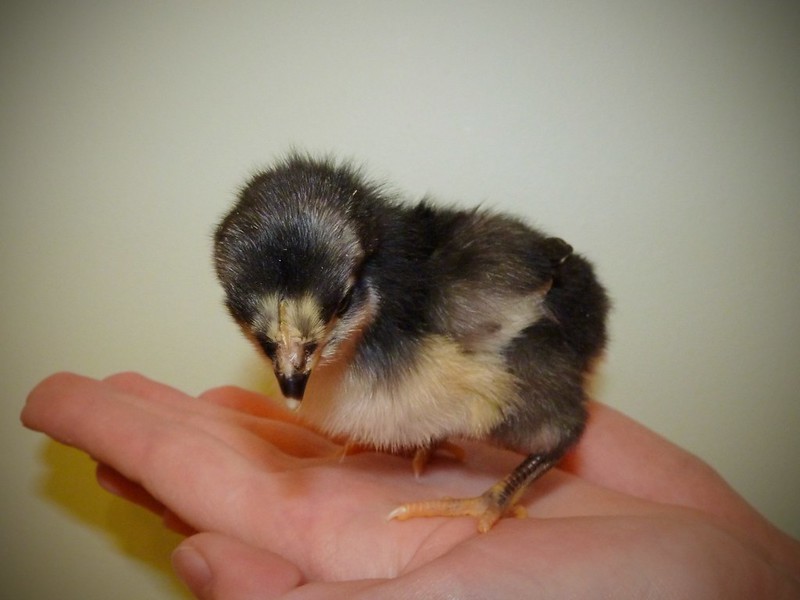
What about a chick who can’t seem to get dry?
If a chick is having difficulty getting dry after hatching, there are a few things you can do. One option is to leave the chick where it is and hope that the humidity in the incubator decreases.
If other chicks are hatching, this may be difficult because the humidity will shoot up. Another option is to open the incubator and take the chick out so it can dry off. Although, This runs the risk of chilling any chicks who have not hatched yet.
Only if you have to, you can use a clean, dry, soft cloth to dry chick off. Immediately place chick back in incubator to warm back up.
There’s a chick with stuff coming out of it. Should I clean it up?
No, you don’t need to take the chick out and clean it off. In fact, doing so could cause more harm than good. If the chick has a shell and bits of shell or membrane attached, it will be fine. However, if there is any gunk coming out of the chick, leave it alone to dry out and fall off on its own.
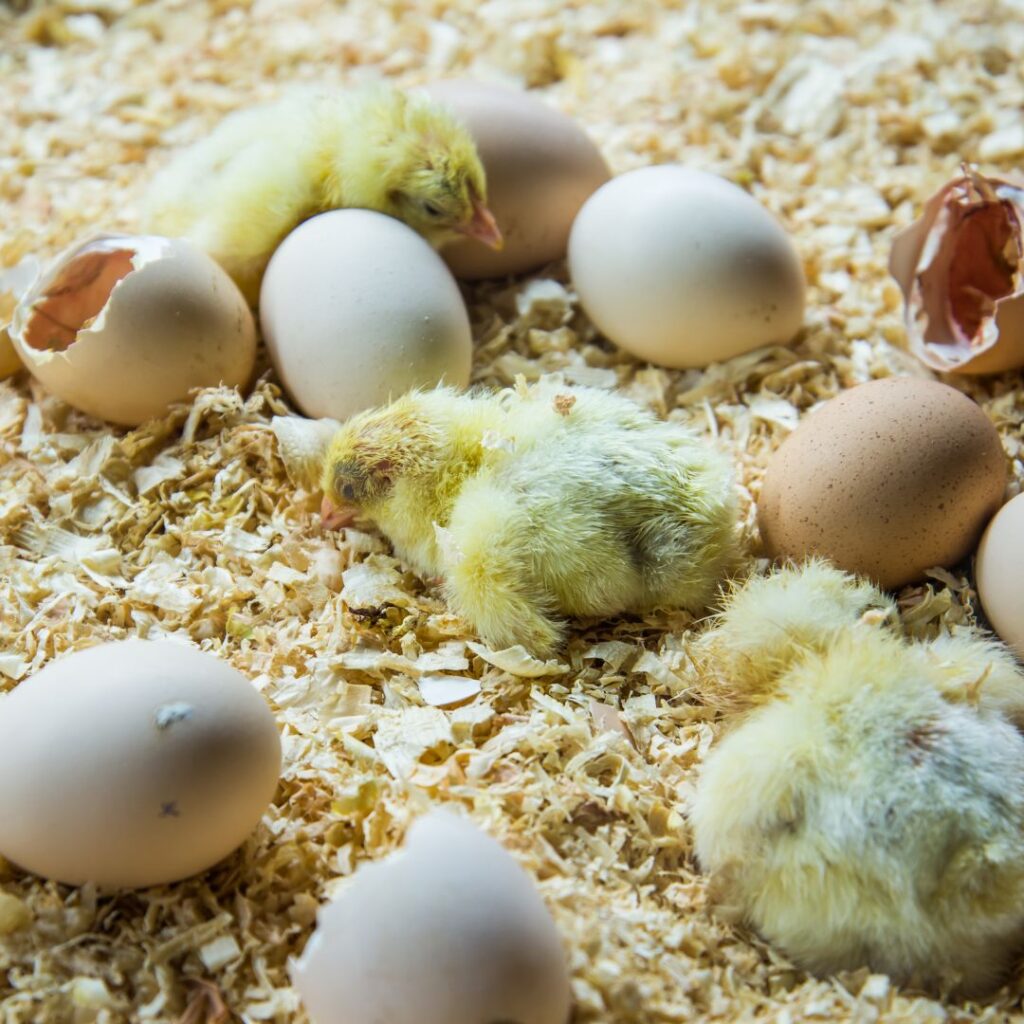
What Could Go Wrong During Hatching?
When hatching eggs, there are a few things that can go wrong. One of the most common problems is that the process doesn’t always result in chicks. In some cases, not all of the eggs will hatch, and it can be frustrating when this happens.
It’s important to be patient and consider the rate at which eggs hatch before giving up on them.
There are a few factors that can affect how many chicks will hatch from an egg–including temperature and humidity levels in the incubator. So it’s important to keep a close eye on them after they’ve been hatched. If you’re having trouble getting your incubator to the right temperature or keeping track of your humidity levels, don’t worry–you’re not alone!
Many people find it difficult to get started with hatching eggs, but with time and patience, you’ll get the hang of it.
Related: Benefits and Disadvantages of Raising Your Own Backyard Flock
How soon after hatching can chicks be with the flock?
The chicks will be with the flock soon. Eight – twelve weeks after hatching is when you can introduce them to the rest of the chickens. Watch them for signs of stress during this process. You may need to toss extra treats like scratch into the coop area for the older hens to distract them. This will allow the younger birds to get to the feed and find their way around their new home.
Can you open incubator during hatching?
Yes, you can open the incubator during hatching as long as no other chicks have “pipped” or started to hatch. If there are still unhatched eggs in the incubator, wait until all of them have hatched before opening it up again.
Can you hatch supermarket chicken eggs?
Most likely not. Supermarket eggs have probably been refrigerated and stored for a number of days before they even get on the shelves. That alone makes them no longer fertile.
How do I choose a good egg incubator?
When it comes to incubating eggs, there are a few factors you need to take into account. The most important decision is deciding which incubator is right for you. There are many different types of incubators on the market, so it’s important to do your research and find one that fits your needs.
Some things you’ll want to consider when choosing an incubator include the size of the unit, how many eggs it can hold at once, whether or not it has automatic features, and the price.
Look at the reviews also. The experiences other people share are valuable.
Not an actual feature but a really important aspect of any purchase is customer service. You want to know that if you have questions if a part is missing or something breaks, you have a live person you can call that is actually happy to help you.
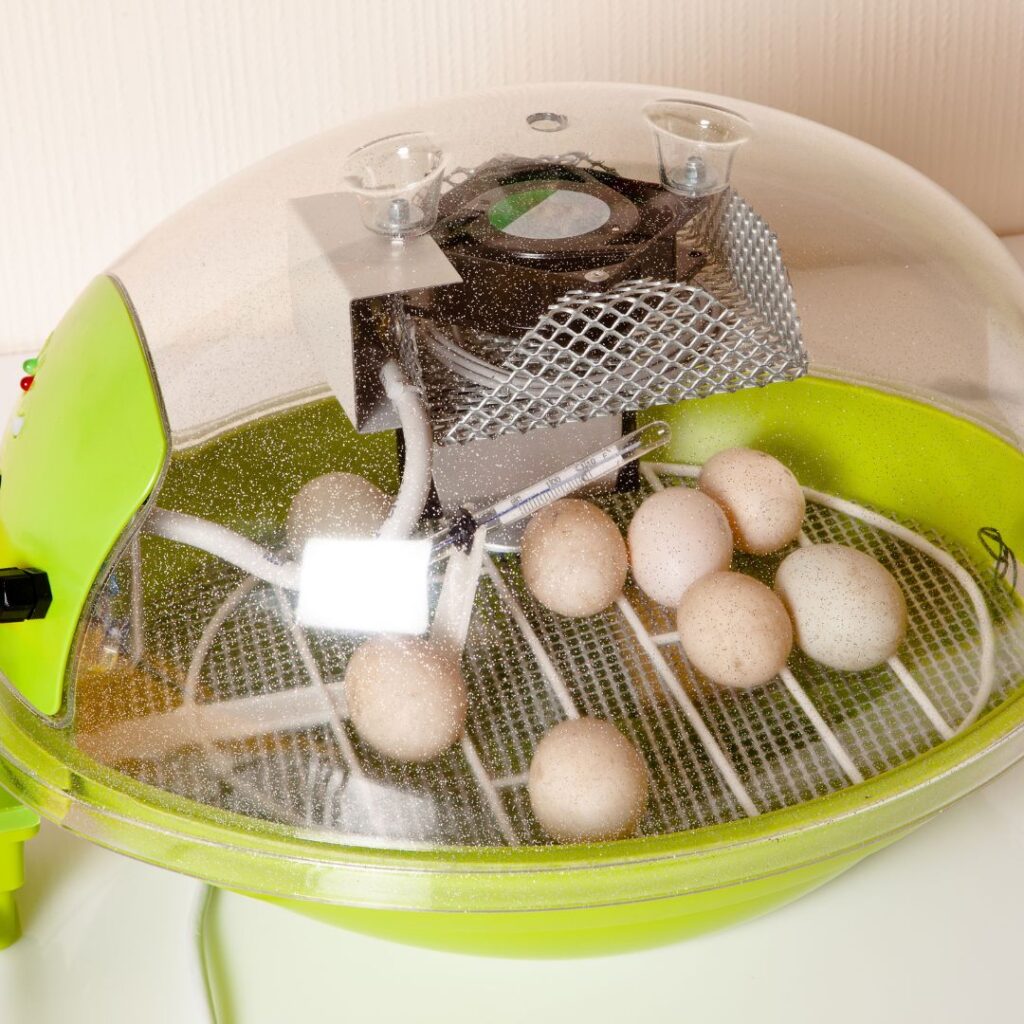
What is candling an egg?
Candling is a process where you use a light to look inside an egg. This helps you determine if the egg is infertile or not. You could try to use a small bright flashlight for this process and candle only a few eggs at once. It’s important not to keep the egg out of the incubator for more than 5-10 minutes, and don’t candle all eggs at once.
And don’t forget, always wash your hands before handling eggs.
What if my chicken eggs have not hatched after 24 days?
If your eggs have not hatched after the incubation period of 21 days, don’t worry! However, if you are out to 24 days, you should candle your eggs and see if there is a baby chick within the shell. If not, you should discard the egg in the trash. Do NOT eat or feed partially incubated eggs to anyone or any pets.
Which came first, the chickens or the eggs?
The answer to this question is a little bit of both! Chickens lay eggs, but the eggs need to be fertilized in order to hatch chicken eggs into chicks.

What is the success rate of hatching chicks from eggs?
The success rate of hatching eggs is about 50-75% for fertile eggs.
Isn’t it cheaper to buy already hatched chicks than eggs that may not hatch?
The answer is yes, for backyard chickens enthusiasts. More often than not, you have a 99% success rate with baby chicks surviving than with eggs hatching. Most people chose to hatch for the experience and educational purposes with children.
When Is The Best Time To Get Chickens As Baby Chicks?
Regardless of the hatch rate, success is 100% valued in education and experience.
It’s not always the case though. The success rate is much higher with commercial farmers because they have more experience, and are providing their own fertilized eggs in some cases or buying in bulk.
If you’re looking to purchase baby chicks already hatched, you’ll want to check these tips in this article here.
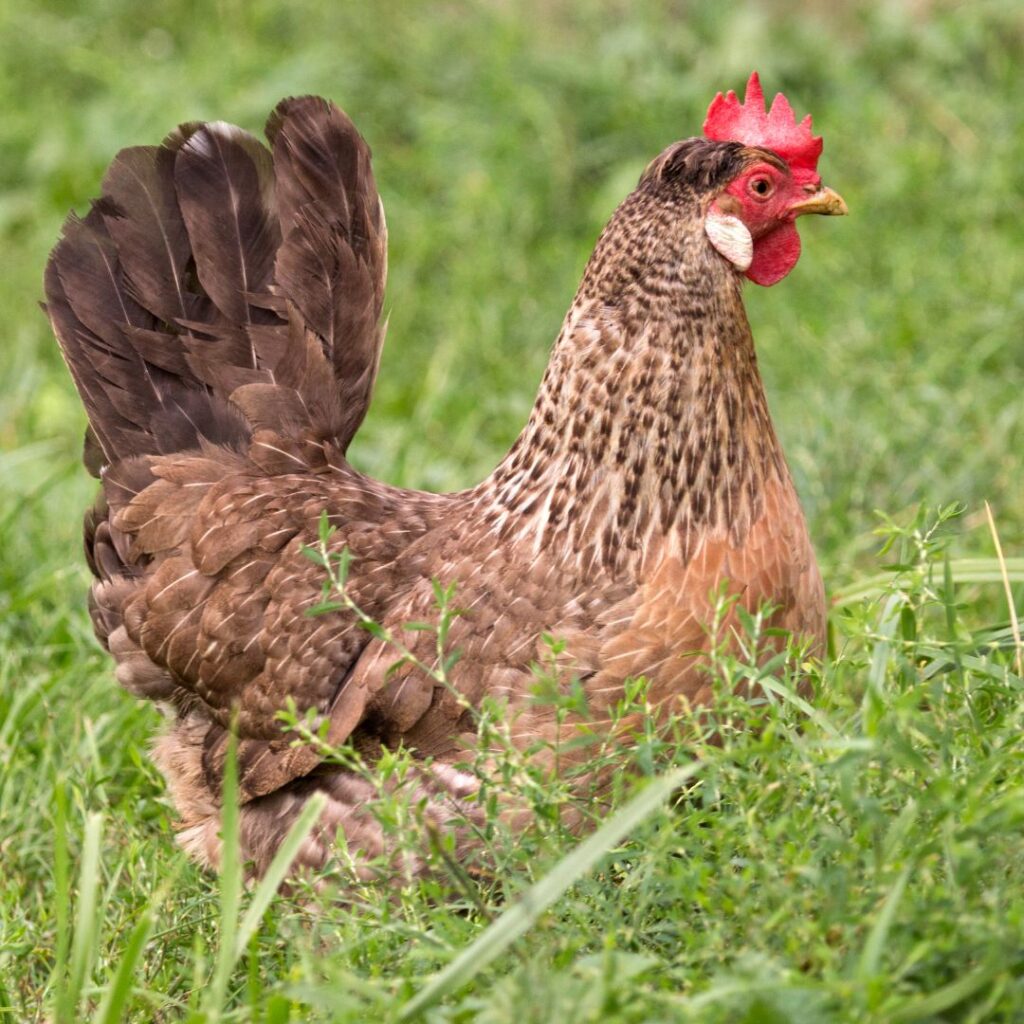
Can a hen have chicks without a rooster?
If the hen is not around any roosters, she will still lay eggs but will not have chicks. In order for her to reproduce, her eggs must absolutely be fertilized. It is the law of nature… A mating between a rooster and a hen is therefore essential.
Do I need a different incubator for hatching ducks or quail?
No, you can use the same incubator. Learn more about raising ducks here.
Can I order only girl eggs?
Eggs are only sold as straight runs. Meaning, that you get what you get. You could end up with mostly roosters, mostly chickens, or any variation of the two. Be sure you have a plan for what to do if you have too many roosters or your town ordinance doesn’t allow any roosters.
Now that you’re ready to start your backyard flock you should have enough information to get started. We’ve covered eggs, incubators, lighting, feed, water, timing, age of chicks, and everything in between. Get that cookbook out and get ready to start practicing all those egg recipes you’ve been wanting to try out. You should expect to start getting eggs in 4-6 months and for the next 5+ years. Read more about how long chickens lay and the life expectancy of a chicken here.
Be sure to read about beginner tips for raising chickens.

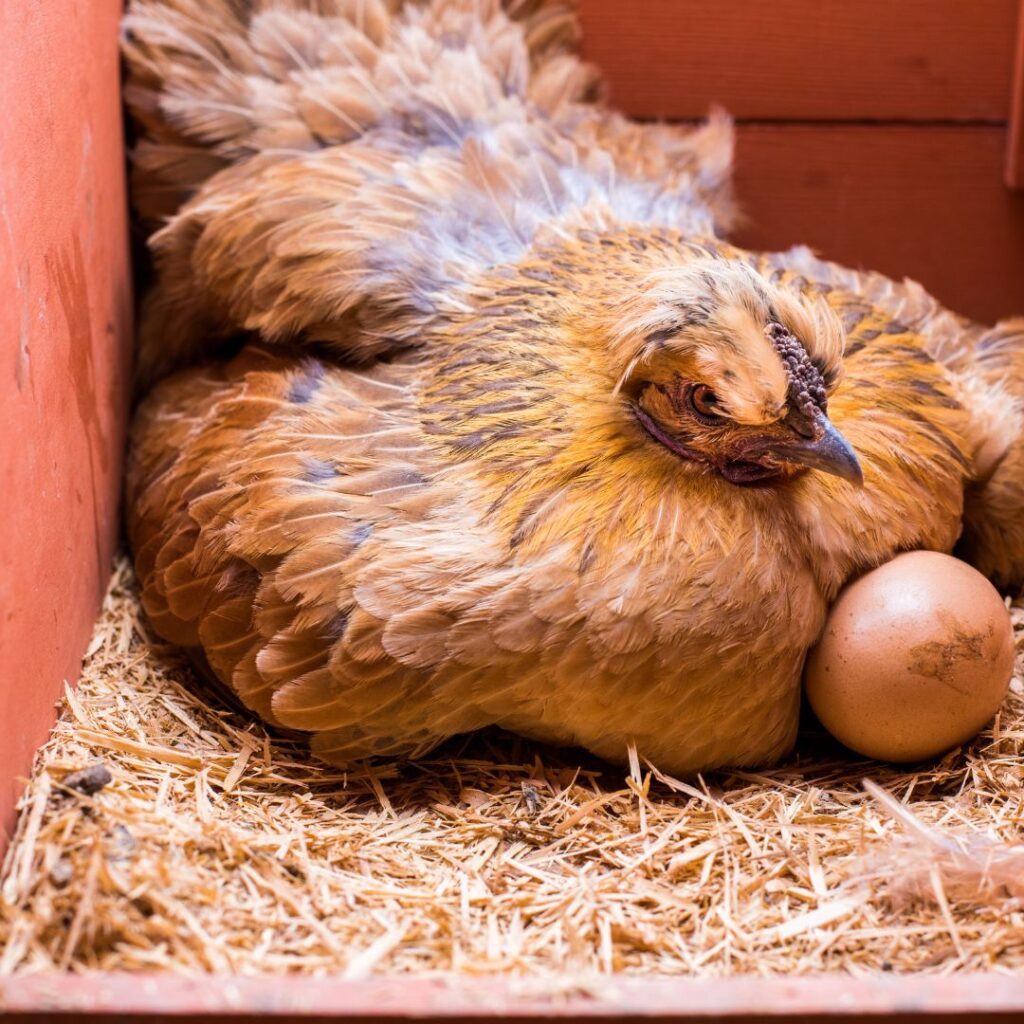

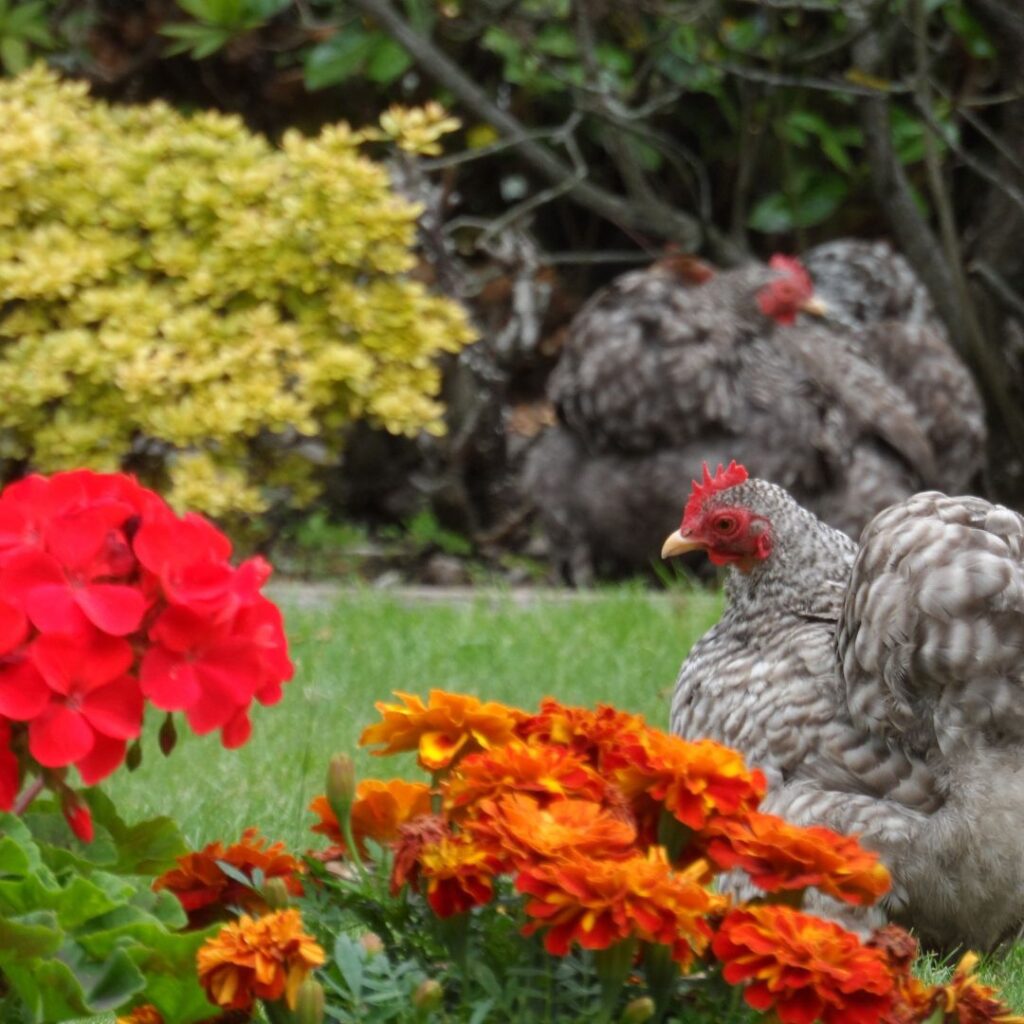
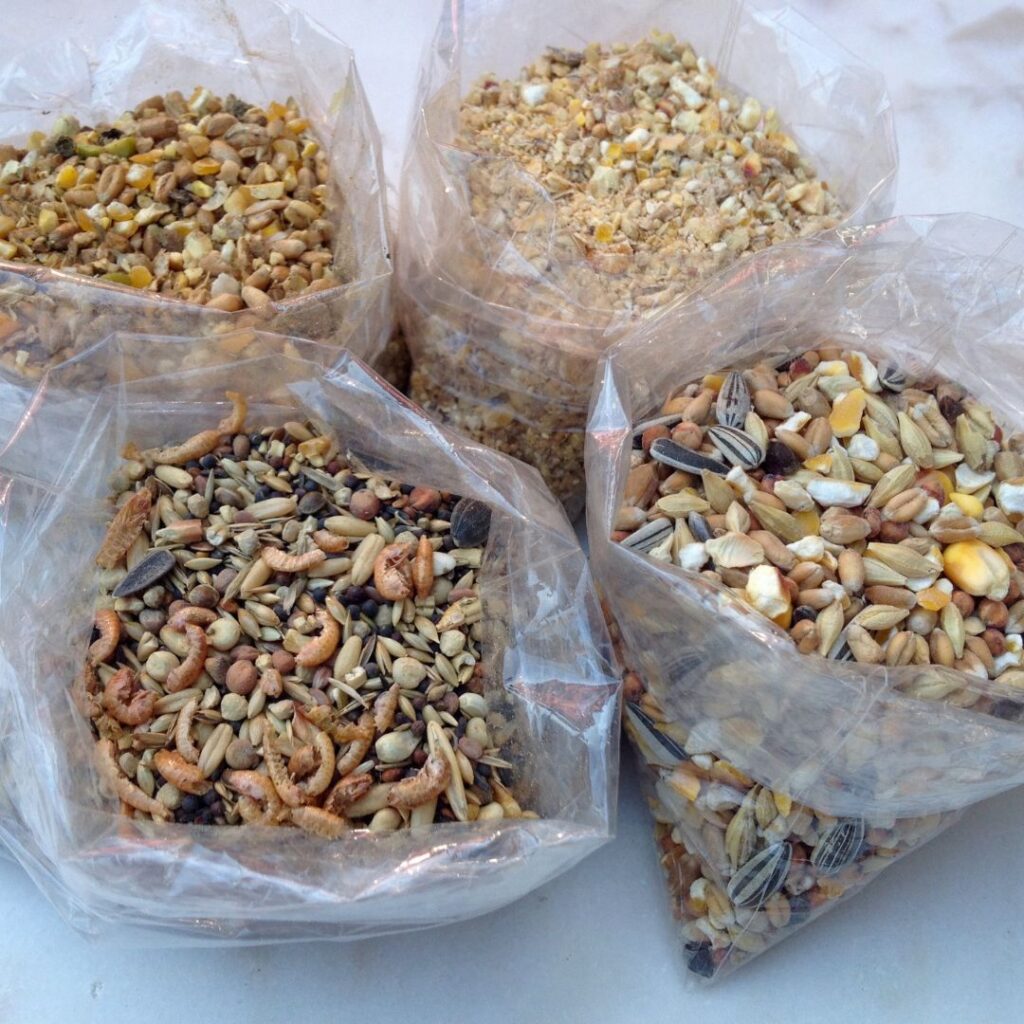

Pingback: What chickens can Teach Children, A Great Pet Choice - Gilmore's
Pingback: Tips For Buying Backyard Chickens; Your 2022 guide - Gilmore's
Pingback: How To Clean & Store Fresh Eggs From Backyard Chickens - Gilmore's